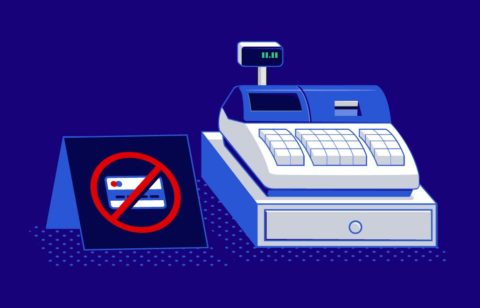Once you’ve put in the time to come up with a budget and begin to implement it, you may think that your job is done. Not so fast. Even if you have a strict budget, your finances aren’t set in stone; on the contrary, they’re quite fluid. Times change, circumstances shift, and if you stay on top of them, you can make the appropriate changes to have a budget that works effectively. Take the time to revise your budget and adapt to changes and you’ll have more control over your financial life.
Areas to Look at When Revising a Budget
Your circumstances may have changed in some areas. Thus, there are several areas to look at when you revise your budget.
1. Your Job
Evaluate any changes in your professional life that may have altered your finances. Changes in the tax code for 2018 gave many people more money in their take-home pay, but they ended up paying more in taxes. Compare your 2018 tax return with that of 2017 to see how it changed, and then make necessary revisions to your budget.
2. Your Home
Examine any changes related to your residence, such as selling a home, a rent increase, or a home equity loan that was used to make repairs. Your home could be one of the most stable aspects of your budget, if you have a 30-year fixed mortgage, for example; or, it could be ever-changing if you have rent that goes up every year.
3. Your Living Situation
Account for any changes to your living arrangement, such as marriage, divorce, the birth of a baby, or a child moving out of the house. If you have more or fewer dependents than you had last year, it’ll have an impact on everything from utility bills to food costs.
4. School
Perhaps you or a child recently started college, or maybe you’re helping your child pay for school even via a lump sum or by cosigning on loans.
5. Vehicle
You may have taken on a monthly car payment recently, or plan to do so soon. If you have an older car that needs costly repairs, you may want to consider getting a new one. Look at the cost of repairs that you’ve needed over the last year and ask your mechanic what repairs may be necessary during the next year. Consider which would work better for you financially, car repairs or a monthly payment for a new car. If you’re going to buy a car, don’t forget to factor in higher registration costs and possibly higher insurance premiums. If you’re going to stick with your old jalopy, make sure you’re allowing enough money in your budget for future repairs.
6. Your Financial Goals
When you set up your budget, you surely set financial goals for yourself or your family. They could’ve been large or small, buying a house or a new guitar, goals that were long-term and some that were shorter. Evaluate whether you’ve met any of those goals. Whether large or small, completing your goals will have an impact on your budget. Perhaps your goals have changed and you need to adapt your budget to cover them. Maybe you paid off your credit card debt. If so, you now have more money on hand for a new goal, or perhaps more to put away for retirement (which should be a goal for everybody!).
7. Windfalls
If you received an inheritance, large monetary gift, bonus, or another type of financial windfall that had an impact on your finances, what did you do with it? Spending it on a one-time luxury is fun and exciting, but putting at least some of it toward existing debt can give you more wiggle room in your budget, or help you meet your financial goals faster.
Evaluate How Your Old Budget Is Working
Living paycheck-to-paycheck, using credit cards to pay bills, and depleting your savings: these are all signs that something isn’t working. If you feel like your budget isn’t working, it might not be that your budget isn’t strict enough, but rather that you haven’t balanced things properly.
Fluctuating Bills
Determining how much you need for static things such as rent or mortgage, phone bill, cable bill, and even your food budget (if you’re good about sticking under your budgeted dollar amount) is easy to calculate. However, other categories can be more difficult to pin down. Home heating and cooling costs can fluctuate with the seasons, as can electric bills. The best way to budget for these things is to add up your electric bill, for example, for the past year and divide that by 12 to get the amount that should be set aside for that utility each month.
Entertainment
Girls (and boys) just want to have fun. Of course, there are about as many ideas of what constitutes “fun” as there are stars in the night sky, but incorporating entertainment into your budget is a necessity nonetheless. If you don’t carve out a little money for fun activities for you and your family, your budget will inevitably fail. Don’t go overboard, but it’s important to include some fun when you revise your budget.
What You May Have Forgotten
At the time you created your budget, you were sure that you accounted for every expense that could pop up. Unfortunately, once you got into it and some time passed, things came up that you’d forgotten about.
Did you remember:
- Gifts you’d need to purchase
- Annual bills such as auto club, school expenses for grade schoolers, homeowner’s insurance, real estate taxes, etc.
- Seasonal landscaping costs
- Holiday expenses
- Tax payment or refund
When you revise your budget, you make it work better for you. Your finances constantly change, and so should your budget. By assessing it periodically to account for changes, you’ll be able to eliminate some of your debt so you can focus on your savings and becoming more financially independent.





